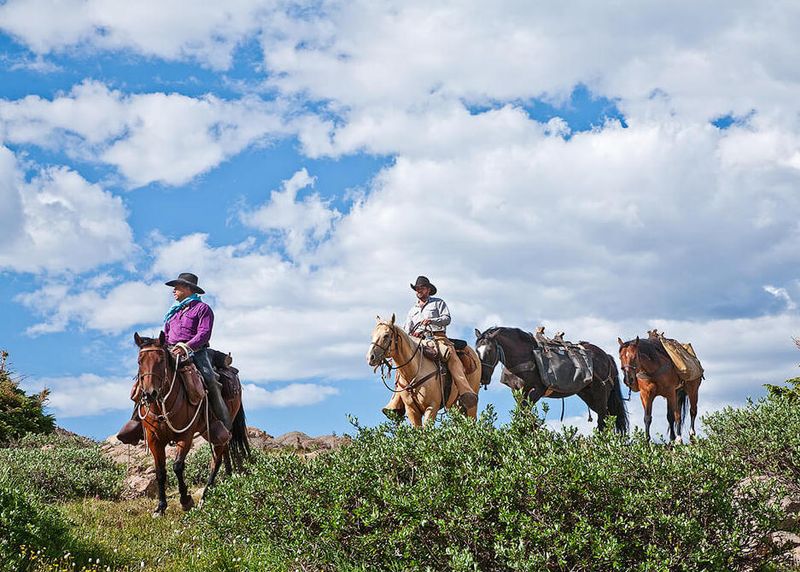Setting Up Horse-Friendly Campsites: A Comprehensive Guide
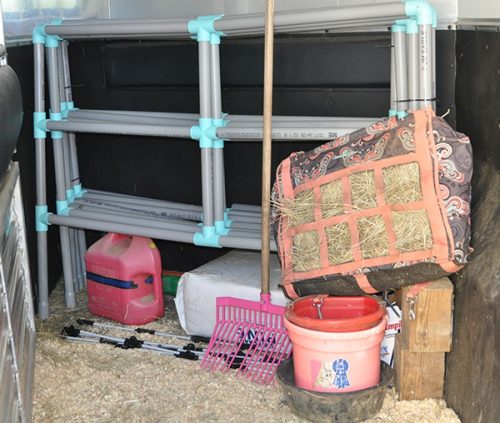
Creating a campsite that welcomes both riders and their horses requires thoughtful planning and attention to specific needs. This guide covers essential aspects to consider when setting up horse-friendly campsites, ensuring safety, comfort, and enjoyment for all.
Key Considerations for Horse-Friendly Campsites
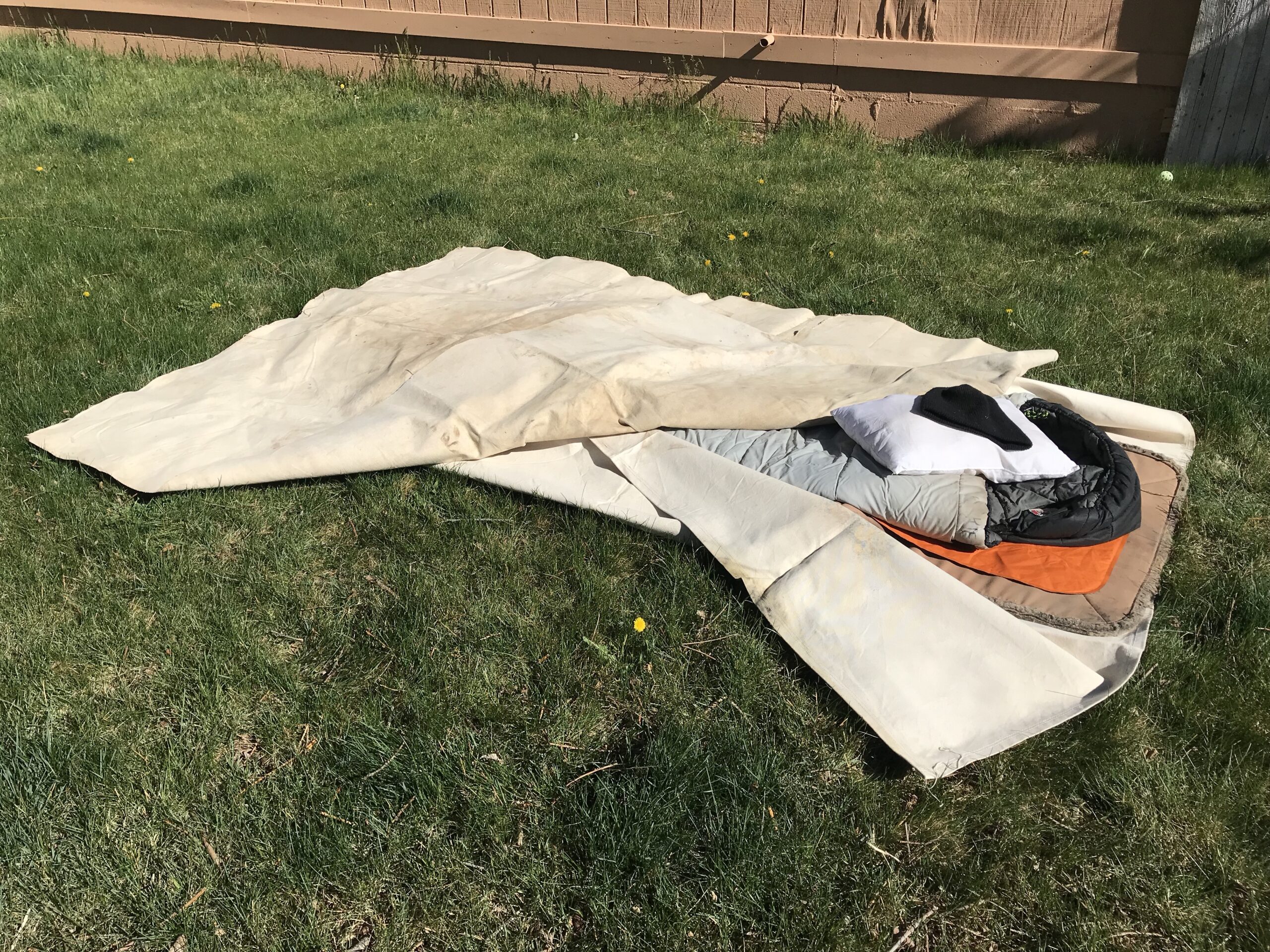
| Aspect | Description | Tips |
|---|---|---|
| Location | Choose a site with easy access to trails and natural water sources. | Ensure proximity to horse-friendly trails and avoid areas prone to flooding. |
| Terrain | Opt for flat, well-drained ground to prevent injuries and discomfort for horses. | Avoid rocky or overly muddy areas; consider soil type for hoof health. |
| Facilities | Provide amenities such as hitching posts, corrals, and water troughs. | Install sturdy, safe fencing and ensure water sources are clean and accessible. |
| Safety Measures | Implement measures to protect horses and riders from hazards. | Clear the area of sharp objects, poisonous plants, and ensure good lighting at night. |
| Waste Management | Plan for proper manure disposal to maintain hygiene and prevent environmental impact. | Use designated manure pits or composting areas away from water sources. |
Essential Features of a Horse-Friendly Campsite
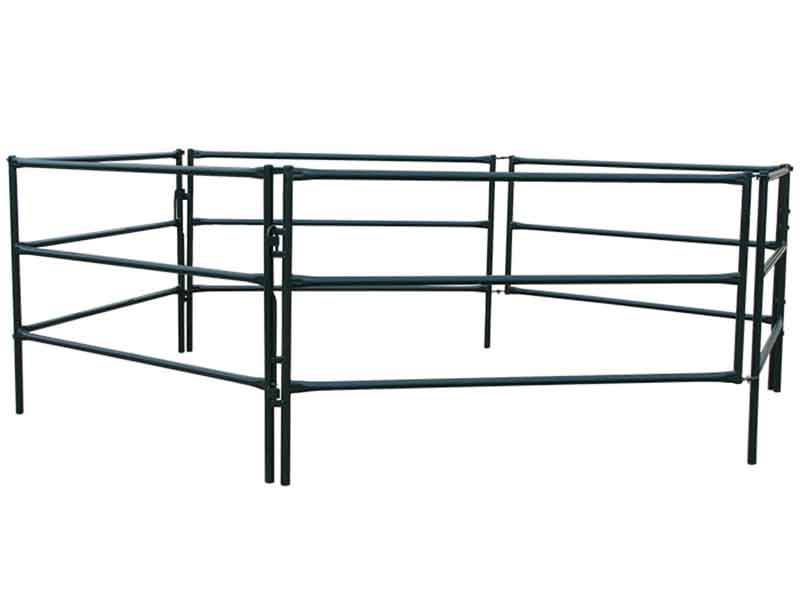
- Hitching Posts and Tie Rails: Secure and safe spots for tying horses.
- Shelter: Shade structures or natural cover to protect horses from sun and rain.
- Water Access: Reliable and clean water supply for drinking and cleaning.
- Manure Disposal Areas: Designated spots to keep the campsite clean and odor-free.
- Trail Access: Direct connection to horse trails to facilitate riding activities.
Step-by-Step Setup Process
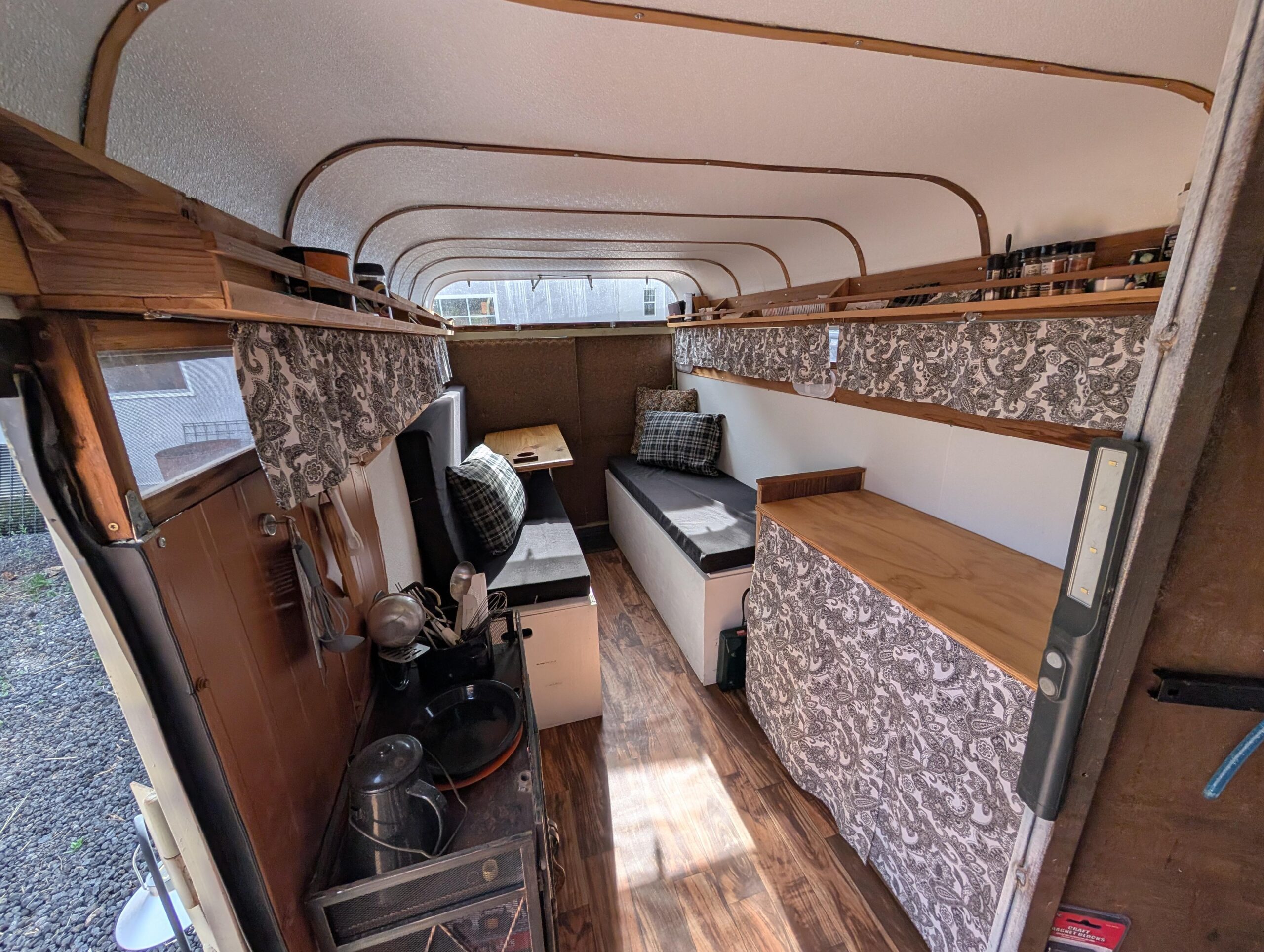
- Site Assessment: Evaluate the terrain, water availability, and proximity to trails.
- Design Layout: Plan the placement of campsites, facilities, and waste areas.
- Install Infrastructure: Build hitching posts, fencing, and shelters.
- Implement Safety Protocols: Remove hazards and set up emergency plans.
- Maintain Regularly: Monitor facilities, clean waste, and ensure water quality.
Frequently Asked Questions (FAQ)
Q1: What type of fencing is best for horse campsites?
A: Smooth wire or wooden fencing is preferred to prevent injuries. Avoid barbed wire.
Q2: How can I ensure water quality for horses?
A: Regularly clean troughs and use filtered or natural water sources free from contaminants.
Q3: What are common hazards to watch for?
A: Poisonous plants, sharp objects, uneven ground, and unsecured equipment.
Q4: How to manage manure effectively?
A: Use designated disposal areas and compost manure away from water sources to prevent pollution.
Conclusion
Setting up horse-friendly campsites involves careful planning and ongoing maintenance to create a safe and enjoyable environment for both horses and riders. By considering location, facilities, safety, and waste management, you can develop a campsite that meets the unique needs of equestrian visitors.
Would you like me to help enhance the tone to be more conversational or add more detailed case studies?
